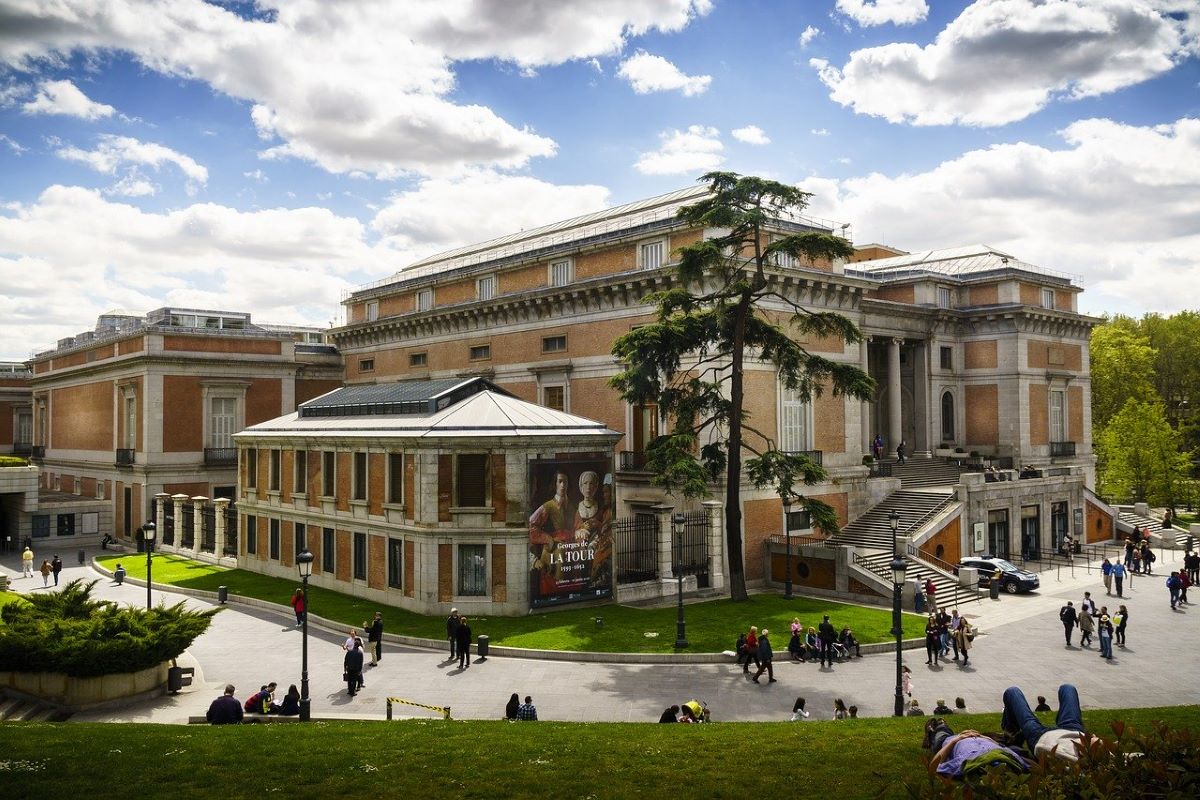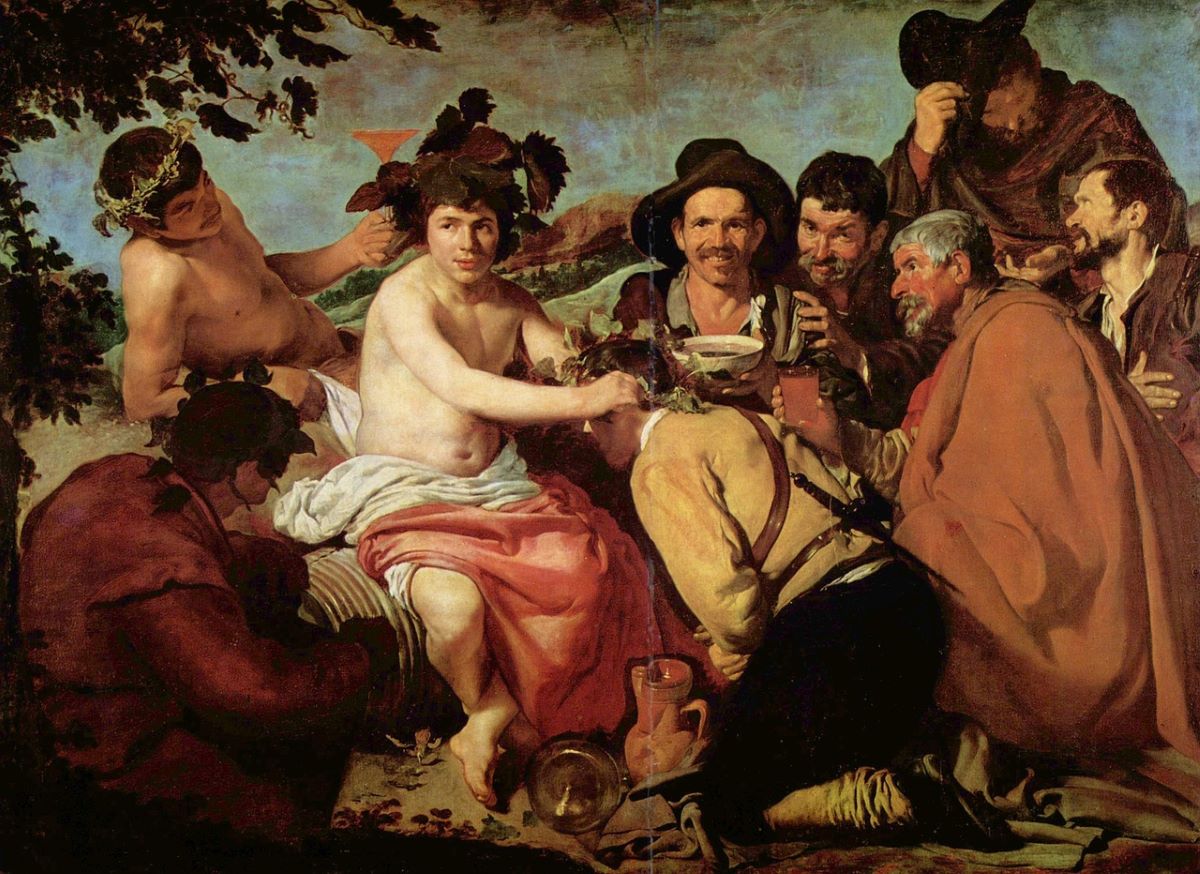
Image | Pixabay
The Prado Museum is one of the most important art galleries in the world and the most famous in Madrid. It was inaugurated in 1819 and has the most complete collection of Spanish painting in the world. It is based mainly on paintings from the XNUMXth to the XNUMXth centuries, among which the masterpieces of painters such as Velázquez, El Greco, Rubens, El Bosco and Goya stand out.
History of the Prado Museum
Thanks to the impulse of Queen María Isabel de Braganza, wife of Fernando VII, in November 1819 the Prado Museum opened its doors for the first time in the building that Juan de Villanueva had designed as the Cabinet of Natural History. Over the years, private donations and purchases have expanded the collection of the art gallery.
On the occasion of the outbreak of the Civil War in 1936, the works of art were protected from possible bombardments with sandbags on the ground floor of the museum but on the advice of the League of Nations the collection traveled to Geneva to avoid their destruction, although shortly after he had to quickly return to Madrid after the start of the Second World War.

Image | Pixabay
The
The schools of Spain, Flanders and Venice have the leading role in the Prado, followed by the French fund which is more limited. German painting has a discontinuous repertoire, with four masterpieces by Dürer and portraits by Mengs. The repertoire of British and Dutch paintings is not very wide but it does have some outstanding works.
Although less known, the rooms dedicated to sculpture and decorative arts are of great interest. It is worth mentioning the Roman statuary, the Treasure of the Dolphin (a tableware inherited by Felipe V) and the works of the Leoni commissioned by Felipe II and Carlos V.
Some of the paintings that have shaped the history of art can be found in the Prado in Madrid. Going through their rooms we can find:
- Las Meninas by Velázquez.
- On May 3, 1808 in Madrid: the executions on the mountain of Príncipe Pío de Goya.
- The Knight with the Hand on the Chest by El Greco.
- The Three Graces of Rubens.
- Goya's Naked Maja.

Image | Pixabay
Temporary exhibitions at the Prado Museum
A large part of the painting, sculpture and decorative arts collections are housed in the old Villanueva building. Behind, the architect Rafael Moneo built around the Claustro de los Jerónimos rooms dedicated to temporary exhibitions, restoration workshops, an auditorium, a cafeteria and offices. Another of the buildings that is part of the museum is El Casón del Buen Retiro, a space that houses the library and the reading room for researchers.
How long does it take to see it?
At least it is necessary to dedicate a morning to visit all the rooms and to be able to observe the most valuable works. Due to its proximity, it can be a good visit after relaxing in El Retiro or completing the cultural day with another visit to the Reina Sofía or the Thyssen.